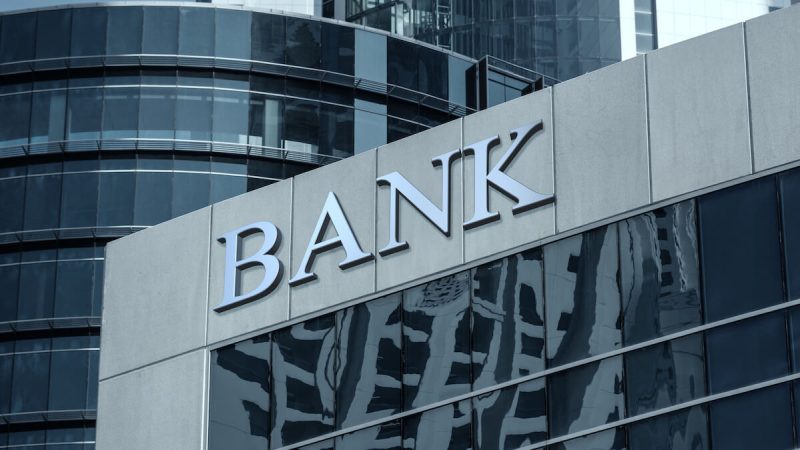The idea of a banking system on the brink of total collapse is a thought capable of causing anyone great unease. This cataclysmic event, otherwise known as a systemic implosion, could have far-reaching implications that affect not just the financial sector but also the world’s economy at large. Therefore, it is crucial to delve into this subject and identify the potential factors or signs that could signal such an impending crisis.
One of the most distinguishable red flags is an increase in non-performing loans (NPLs). This term refers to loans in default or close to being in default. When the number of non-performing loans significantly increases, it can hint at severe systemic problems in the banking sector. It signals the potential incapability of borrowers to repay back their loans, causing an inevitable financial strain on banks. An increasing NPL ratio is, therefore, a significant sign of a potential systemic implosion in the banking sector.
Another warning sign that the banking system may be on a downward spiral, verging on systemic implosion, is the proliferation of shadow banking. Shadow banking refers to the generation of credit across the global financial system but without regulatory oversight. Though shadow banking provides liquidity and promotes growth in the economy, it can also increase vulnerabilities since these entities and activities are not regulated, enabling the system to take more risk. A shadow banking system often escapes the purview of regulatory authorities until a financial crisis strikes. Therefore, a surge in activities in this sector can signify the precipice of a collapsing banking system.
Additionally, market manipulation is another critical indicator of a potential systemic implosion. Acts of market manipulation tend to destabilize the banking system by causing artificial fluctuations. Practices such as creating false or misleading appearances with respect to the price of, or market for, a security, commodity or currency can hurt the overall stability of the financial sector. Therefore, when instances of market manipulation increase or become more blatant, it can point towards potential systemic insecurities in the banking sector.
Moreover, a significant drop in the confidence level of consumers and investors can signal trouble. This drop in confidence can lead to a slower rate of investment and reduced depositing activity. Both actions can cause a shortage of necessary capital for banks to loan out, leading to a decrease in profits and indicating a potential systemic collapse.
Lastly, a deteriorating economic environment is a potent indicator of impending banking woes. Factors such as high unemployment rates, a drop in consumer spending, plummeting property prices, or a severe recession can directly impact the health of the banking system. These elements, accompanied by poor banking practices or ineffective regulation, can push the banking sector towards the precipice of systemic implosion.
In conclusion, while the banking system’s collapse might appear sudden, there are typically warning signs and indicators that, if properly monitored, can prevent or mitigate the severity of such an event. Non-performing loans, shadow banking, market manipulation, lack of confidence, and a deteriorating economic climate can all act as alarm bells of a systemic implosion. It is incumbent upon regulatory bodies, financial institutions, and the public to be vigilant to these signs to avoid or lessen the impact of such a financial catastrophe.




